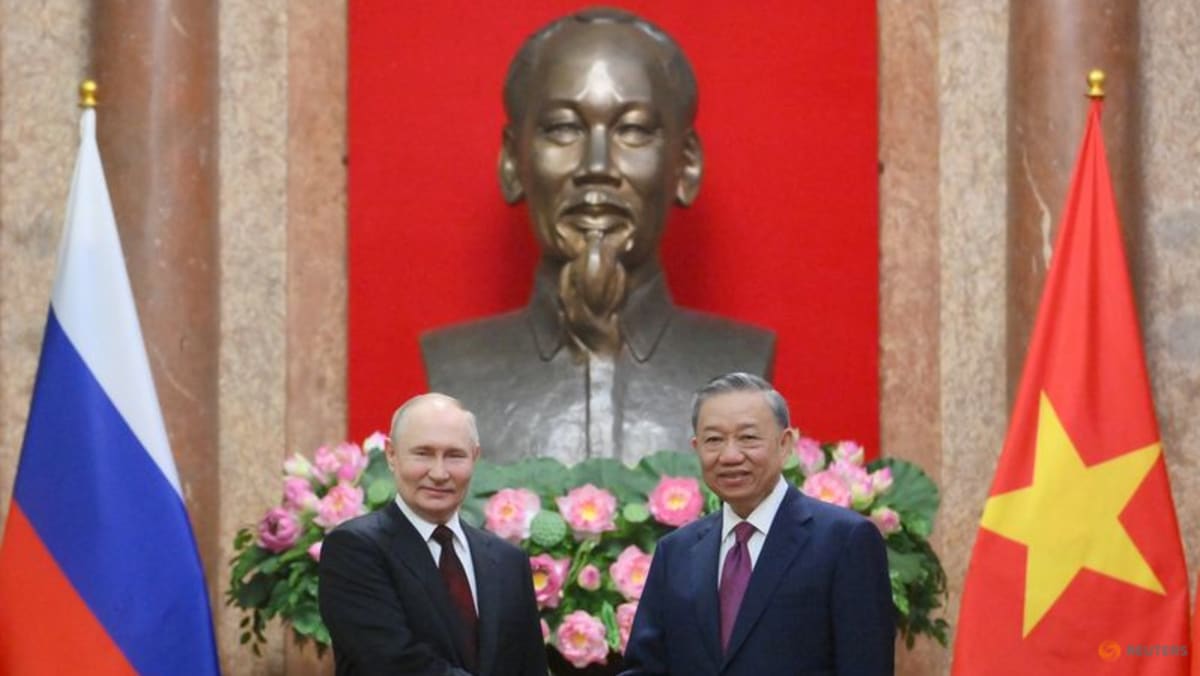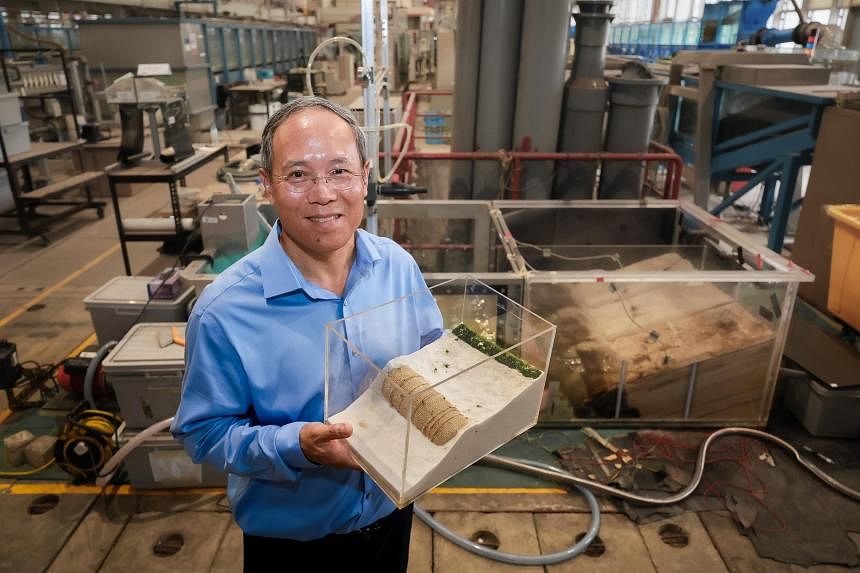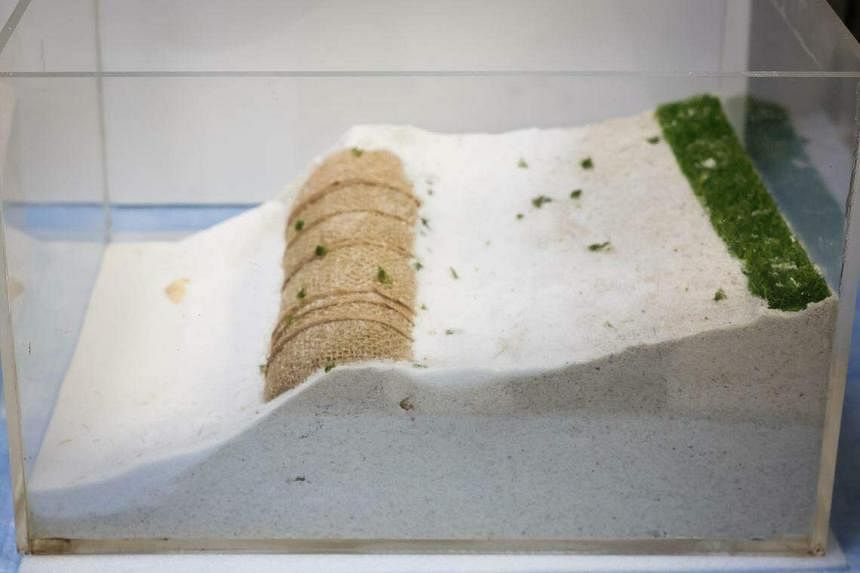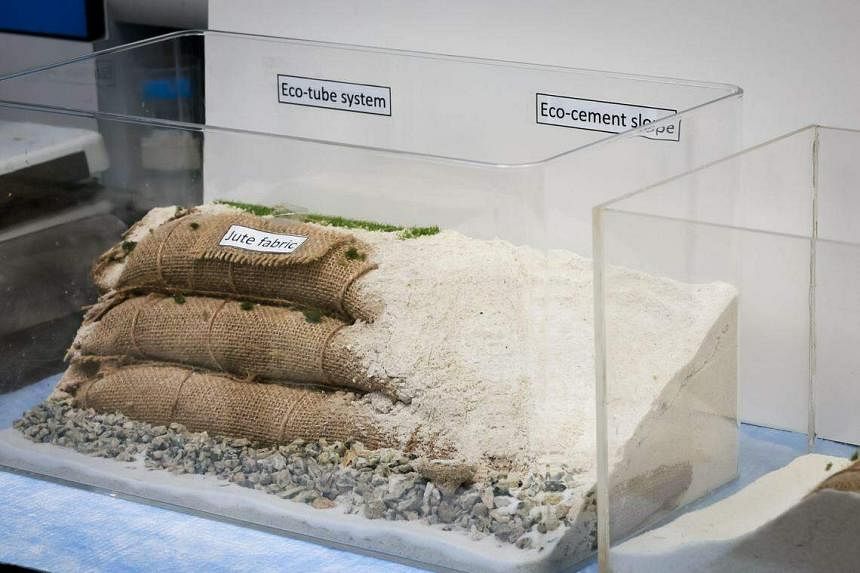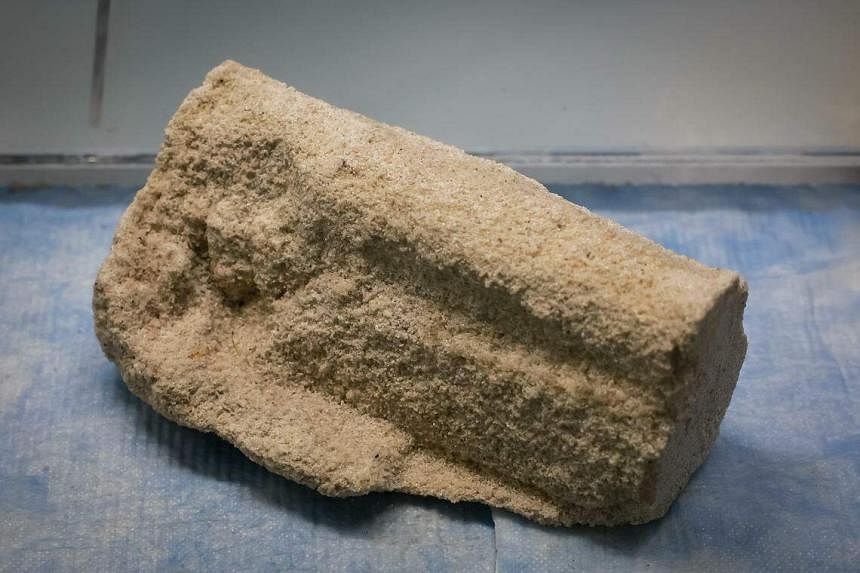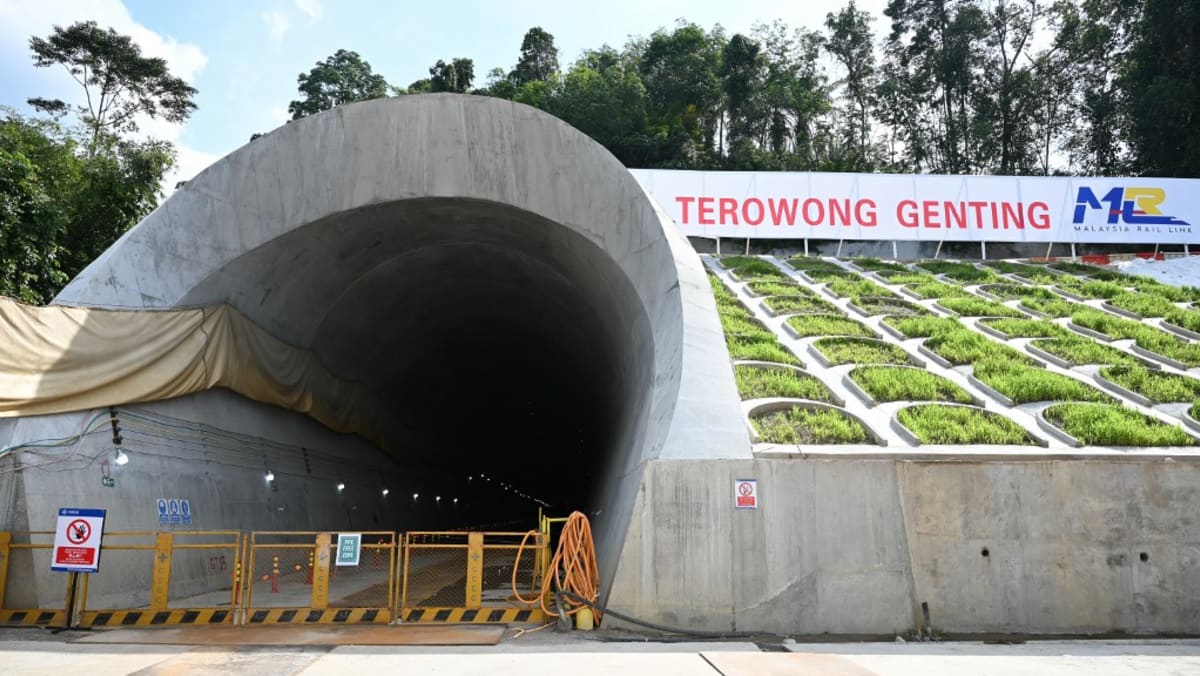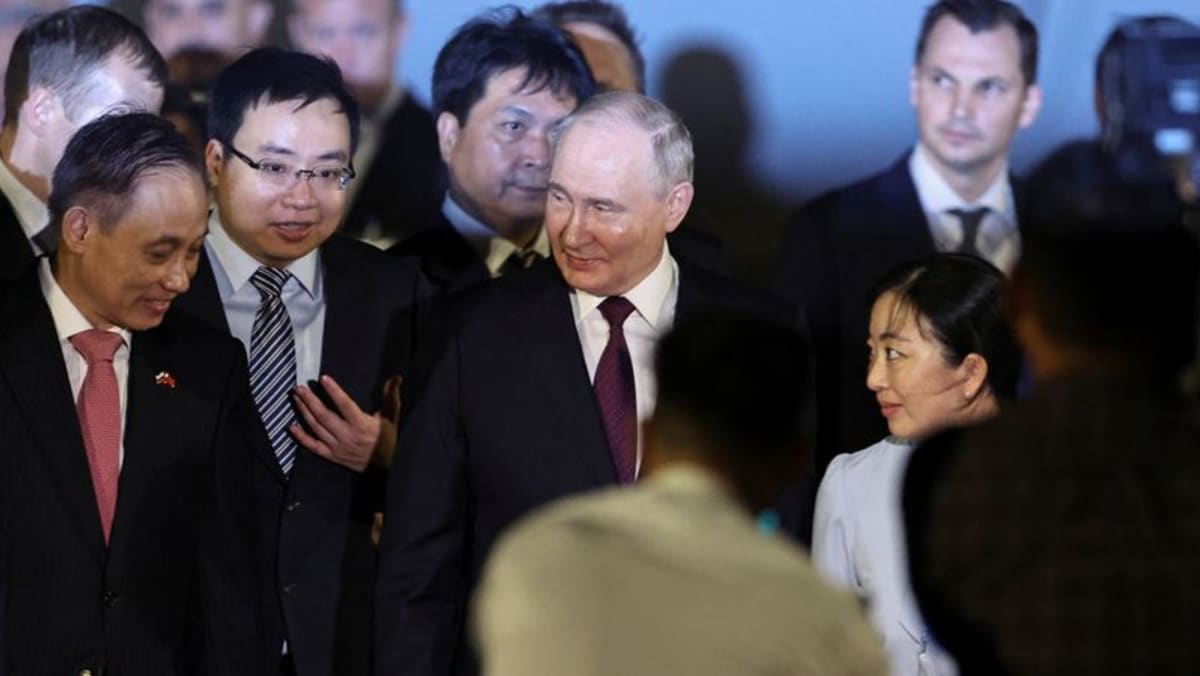
New legal filings from the Chinese tech firm ByteDance have challenged the US government’s “unconstitutional singling out of TikTok”, revealing fresh details about failed negotiations over a potential ban of the platform.
Legislation signed in April by Joe Biden gives ByteDance until 19 January to either divest TikTok’s US assets or face a ban. ByteDance claims in its new filings that such divestiture is “not possible technologically, commercially, or legally” and accuses the US government of refusing to engage in any serious settlement talks after 2022.
“Never before has Congress silenced so much speech in a single act,” the brief filed by TikTok said.
The proposed ban is the culmination of years of national security concerns among US lawmakers, who fear China could access data on Americans or spy on them through the app. The Biden administration has said it wants to see ByteDance sell off TikTok, rather than ban the app outright in the US – which the company claims is not feasible.
The proposed legislation will prohibit app stores, such as those run by Apple and Google, from offering the app unless ByteDance sells it. It also bars internet hosting services from supporting TikTok in the case it is not divested. Taken together, such measures would effectively prohibit use of the app within the US.
In the filings, lawyers for ByteDance recounted lengthy negotiations between the company and the US government, which they say abruptly ended in August 2022. The company also made public a redacted version of a 100-plus page draft national security agreement to protect the data of TikTok users in the US, and says it has spent more than $2bn on the effort.
The draft agreement included giving the US government a “kill switch” to suspend TikTok in the country at the government’s sole discretion if the company did not comply with the agreement, and says the US demanded that TikTok’s source code be moved out of China.
“This administration has determined that it prefers to try to shut down TikTok in the United States and eliminate a platform of speech for 170 million Americans, rather than continue to work on a practical, feasible, and effective solution to protect US users through an enforceable agreement with the US government,” TikTok lawyers wrote to the US justice department in a 1 April email made public on Thursday.
The justice department declined to comment on the email but said last month the law “addresses critical national security concerns in a manner that is consistent with the First Amendment and other constitutional limitations”. It said it would defend the legislation in court.
The US court of appeals for the District of Columbia will hold oral arguments on lawsuits filed by TikTok and ByteDance along with TikTok users on 16 September. TikTok’s future in the US may rest on the outcome of the case, which could impact how the government uses its new authority to clamp down on foreign-owned apps.
TikTok says any divestiture or separation – even if technically possible – would take years and it argues that the law runs afoul of Americans’ free speech rights. Further, it says the law unfairly singles out TikTok for punitive treatment and “ignores many applications with substantial operations in China that collect large amounts of US user data, as well as the many US companies that develop software and employ engineers in China”.
“This law is a radical departure from this country’s tradition of championing an open Internet, and sets a dangerous precedent allowing the political branches to target a disfavored speech platform and force it to sell or be shut down,” ByteDance and TikTok argue in the filings, which also included statements from lawyers for a group of eight creators on the platform.
The TikTok content creators say the law would violate their free speech rights. They also stated it is clear there are no imminent national security risks because the law “allows TikTok to continue operating through the rest of this year – including during an election that the very president who signed the bill says is existential for our democracy”.
https://news.google.com/rss/articles/CBMibWh0dHBzOi8vd3d3LnRoZWd1YXJkaWFuLmNvbS90ZWNobm9sb2d5L2FydGljbGUvMjAyNC9qdW4vMjAvdGlrdG9rLWJ5dGVkYW5jZS1sZWdhbC1maWxpbmdzLXVzLXVuY29uc3RpdHV0aW9uYWzSAW1odHRwczovL2FtcC50aGVndWFyZGlhbi5jb20vdGVjaG5vbG9neS9hcnRpY2xlLzIwMjQvanVuLzIwL3Rpa3Rvay1ieXRlZGFuY2UtbGVnYWwtZmlsaW5ncy11cy11bmNvbnN0aXR1dGlvbmFs?oc=5
2024-06-21 00:08:00Z
CBMibWh0dHBzOi8vd3d3LnRoZWd1YXJkaWFuLmNvbS90ZWNobm9sb2d5L2FydGljbGUvMjAyNC9qdW4vMjAvdGlrdG9rLWJ5dGVkYW5jZS1sZWdhbC1maWxpbmdzLXVzLXVuY29uc3RpdHV0aW9uYWzSAW1odHRwczovL2FtcC50aGVndWFyZGlhbi5jb20vdGVjaG5vbG9neS9hcnRpY2xlLzIwMjQvanVuLzIwL3Rpa3Rvay1ieXRlZGFuY2UtbGVnYWwtZmlsaW5ncy11cy11bmNvbnN0aXR1dGlvbmFs
